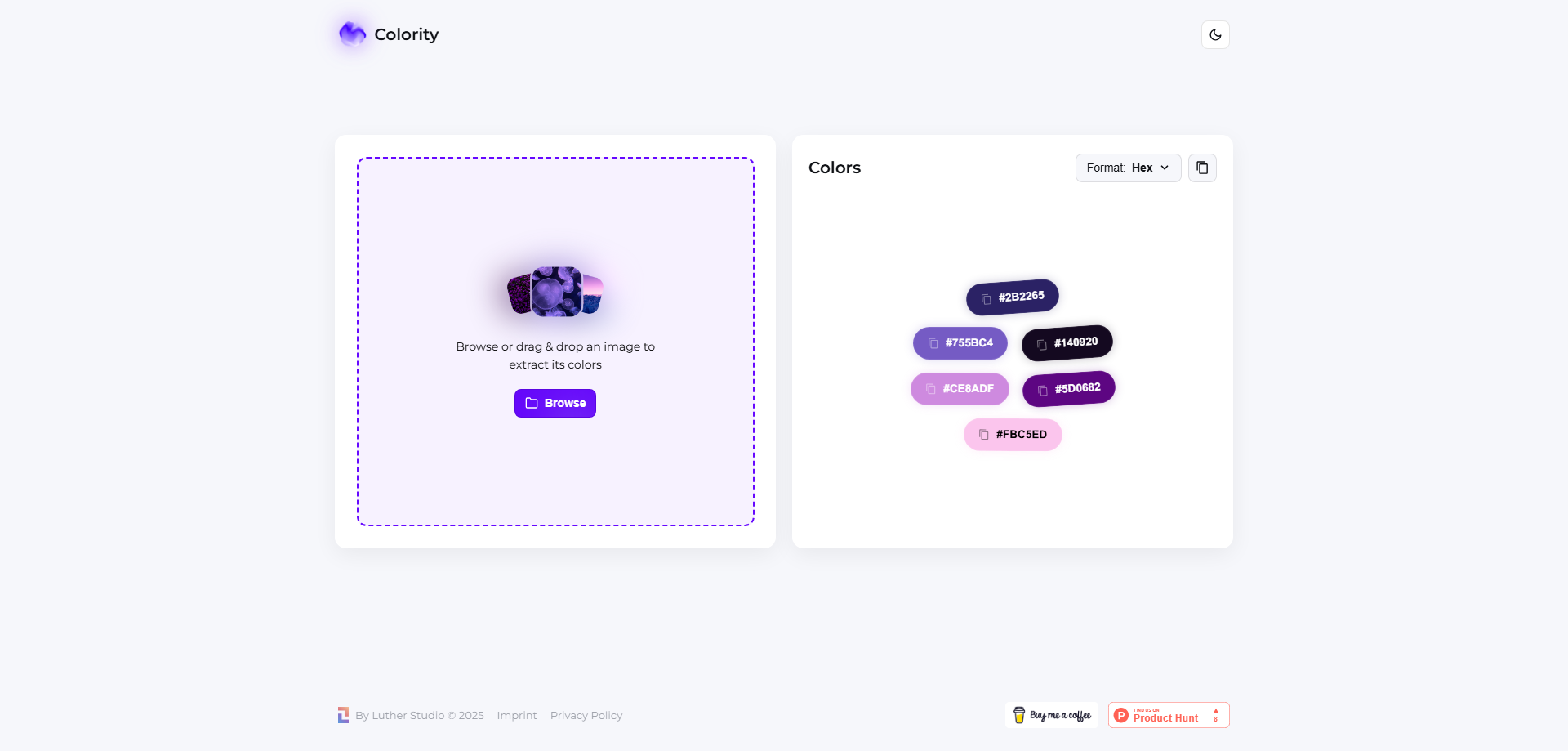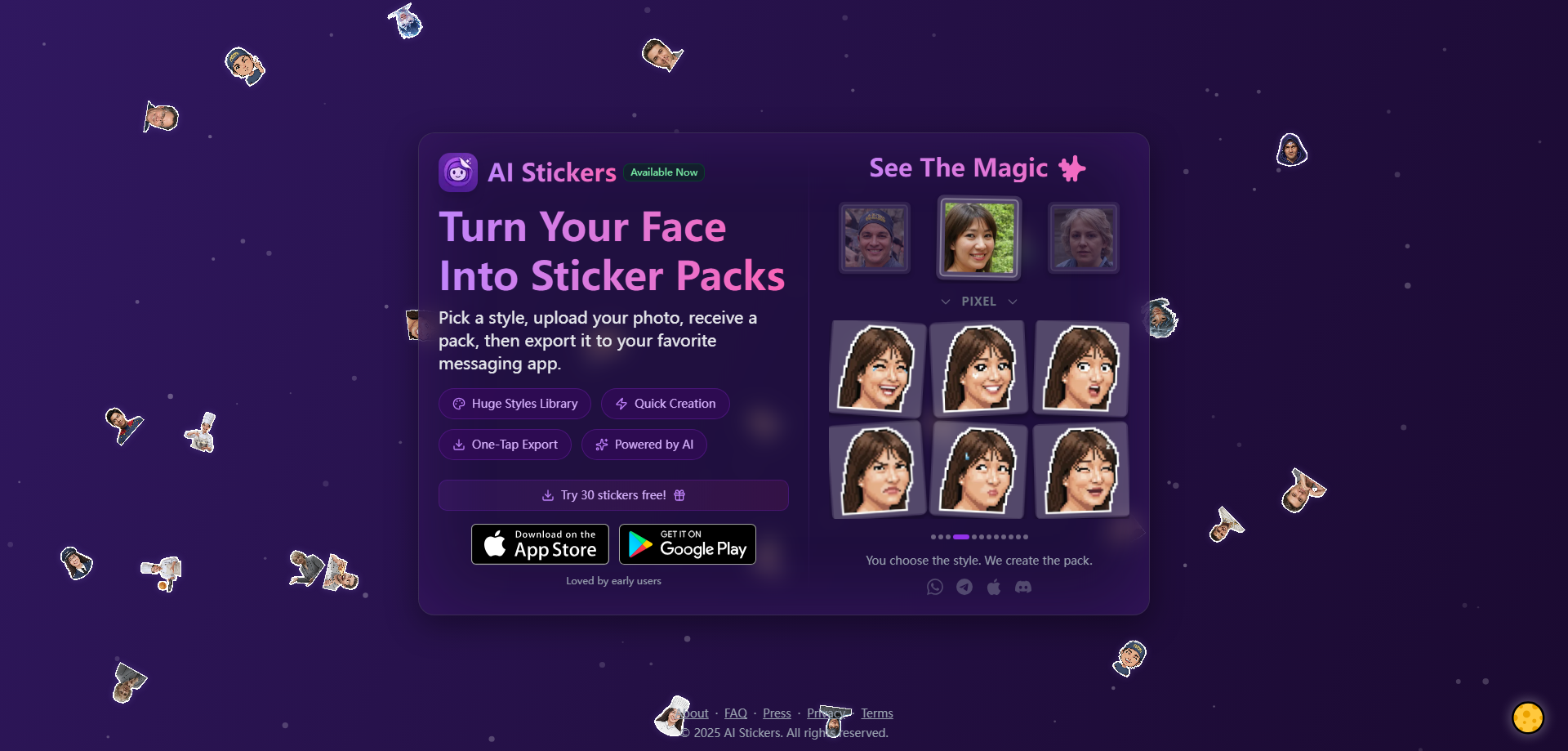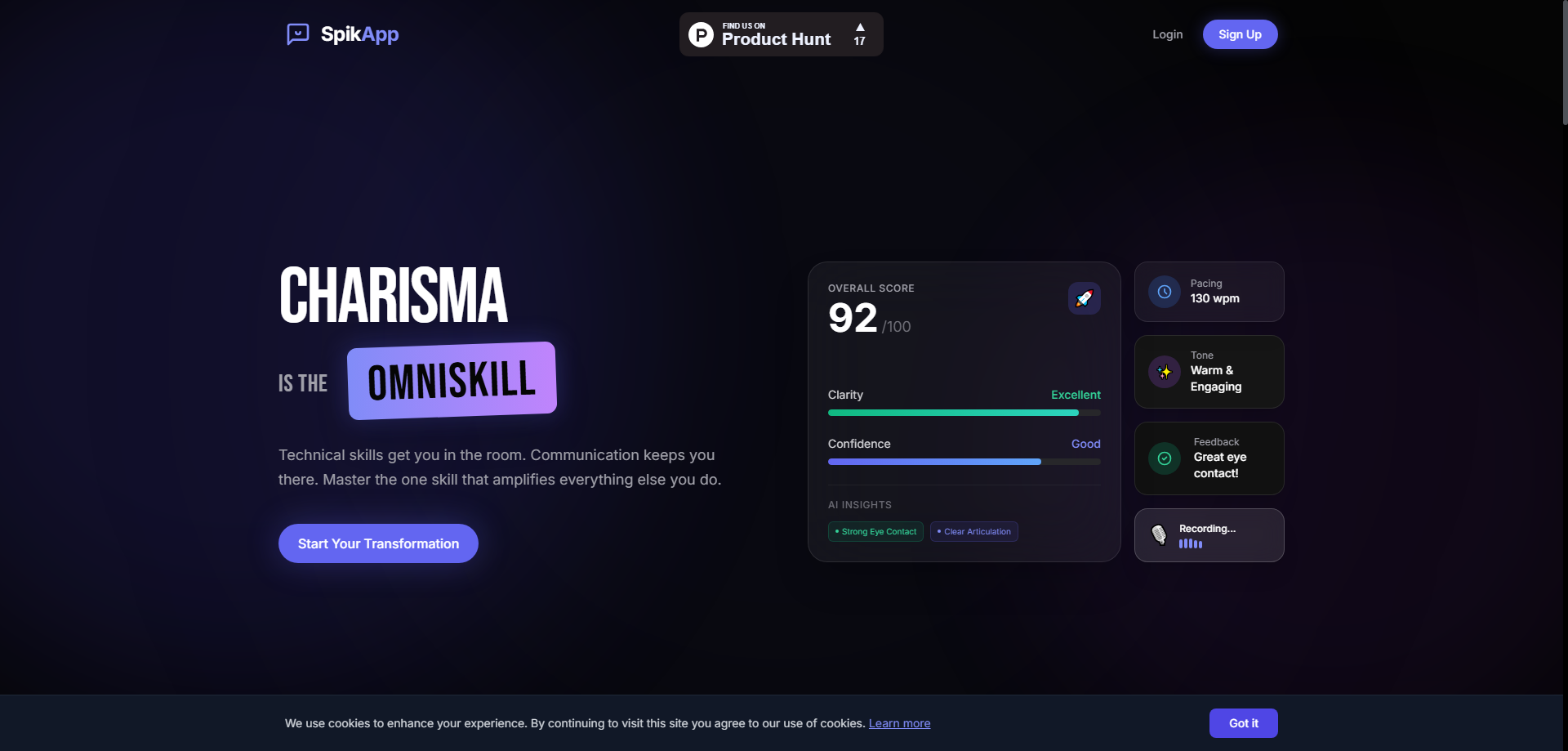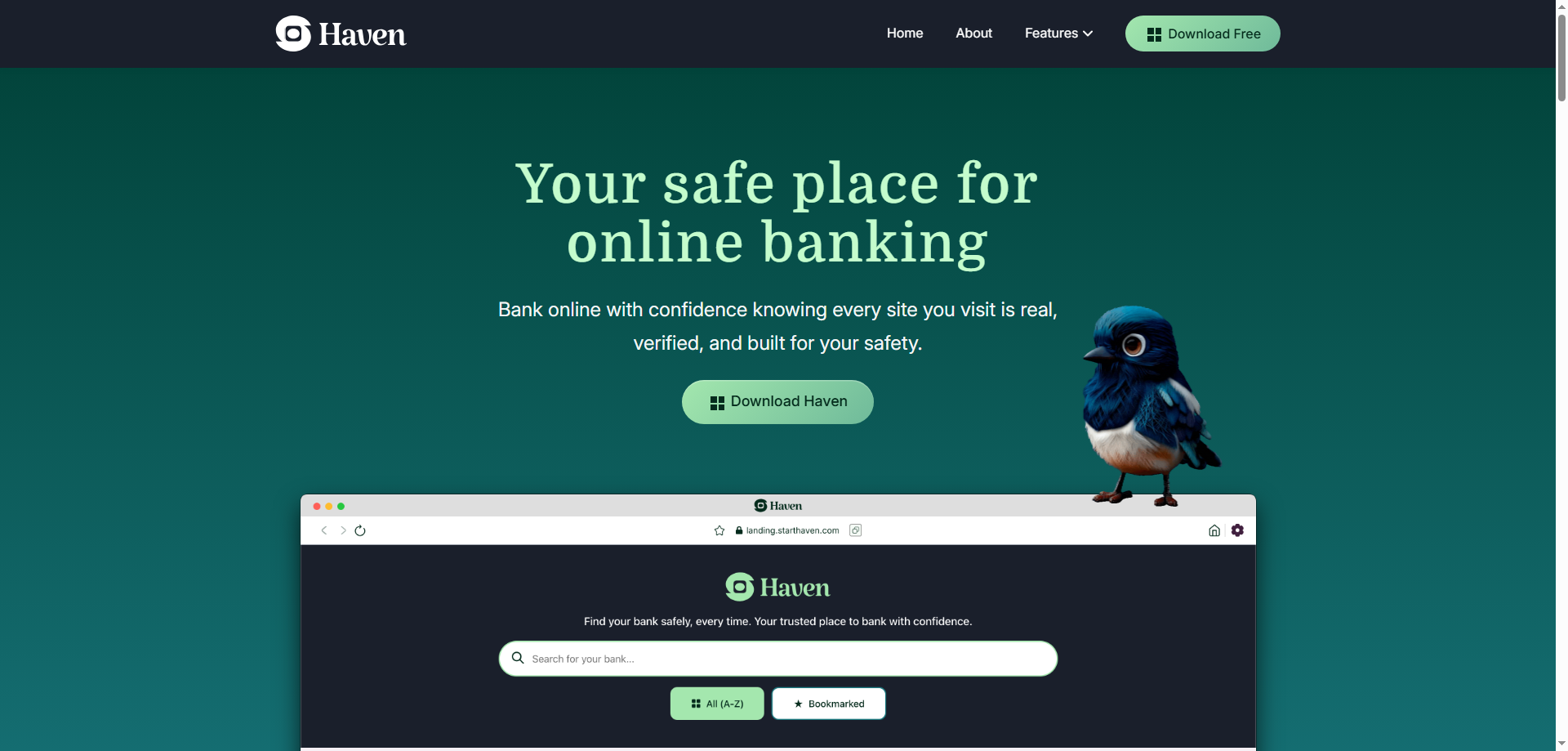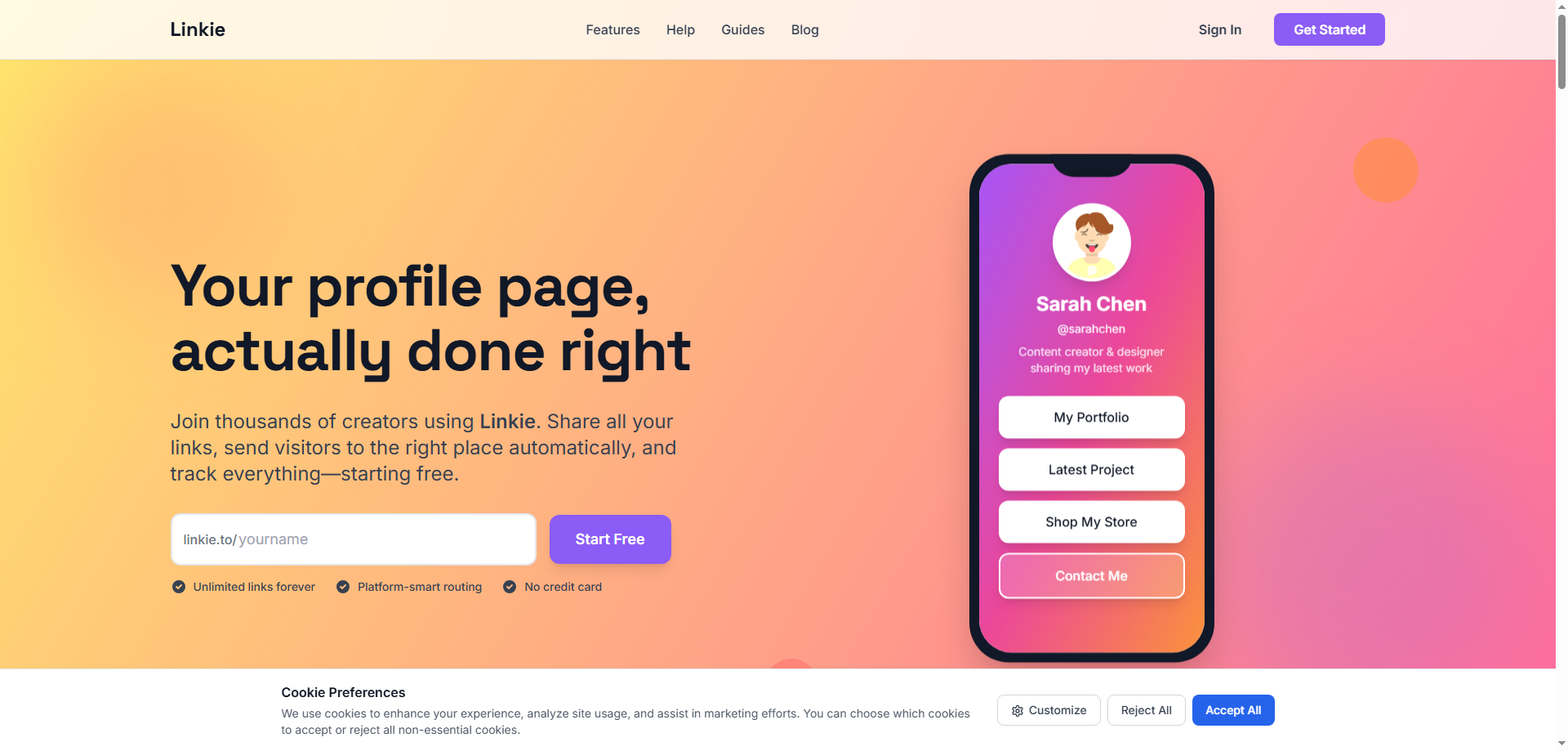OpenAI O1: Revolutionizing Complex Problem-Solving
Introduction
OpenAI O1 is a breakthrough in the field of artificial intelligence, engineered to excel in tackling complex reasoning tasks across a range of domains, including science, coding, and mathematics. This next-generation AI model is designed to think deeply and methodically, drawing on past experiences to continuously refine its strategies and improve its performance.
With its cutting-edge capabilities, OpenAI O1 has demonstrated remarkable success in solving challenging problems, far surpassing previous models. Professionals and researchers engaged in intricate problem-solving scenarios, such as those in medical research, physics, and software development, can significantly benefit from OpenAI O1’s advanced reasoning abilities. This pioneering model sets a new standard for AI technology, pushing the boundaries of what artificial intelligence can achieve in high-stakes, complex fields.
Whether you're looking to enhance your research, optimize coding processes, or solve intricate scientific problems, OpenAI O1 is equipped to transform the way you approach complex challenges.
Key Features of OpenAI O1
Overview
OpenAI O1 is an advanced AI model, developed to excel in deep reasoning and designed to tackle complex problems in domains like science, mathematics, and software development. This model surpasses prior AI models by spending more time on analyzing problems and applying innovative reasoning techniques.
Main Purpose and Target Audience
The primary goal of OpenAI O1 is to offer advanced AI solutions to professionals and researchers involved in intricate reasoning tasks. Its target audience includes:
- Medical researchers
- Physicists
- Software developers
- Mathematicians
- Data scientists
By focusing on deep reasoning and strategic thinking, OpenAI O1 addresses the needs of users working in fields where accurate, complex problem-solving is critical.
Functionality and Operations
OpenAI O1 is designed to mimic human thought processes, spending extra time on analyzing problems before providing responses. It learns from its previous interactions, enabling it to refine its strategies and deliver more accurate, insightful solutions over time.
Key functional highlights:
- Deep Reasoning: OpenAI O1 solves multi-step problems by applying logical reasoning and improving its approach with each attempt.
- High Performance: The model has achieved an 83% success rate in solving International Mathematical Olympiad (IMO) problems and ranks in the 89th percentile in Codeforces coding competitions.
- Learning from Experience: OpenAI O1 adapts and enhances its performance over time, making it highly effective in evolving tasks.
User Benefits
Users of OpenAI O1 benefit from its exceptional ability to tackle complex tasks with high accuracy, speed, and precision. Key benefits include:
- Efficient Problem-Solving: OpenAI O1 excels in areas such as advanced coding, mathematical reasoning, and scientific research.
- Customizable: Users can choose between the O1-preview and O1-mini models, depending on the complexity of their needs.
- High Success Rates: The model has proven effective in competitive environments like IMO and Codeforces, where deep reasoning is crucial.
Compatibility and Integration
OpenAI O1 integrates seamlessly into various projects through ChatGPT and API access. Its flexibility allows users to apply its reasoning capabilities across multiple fields, including:
- Healthcare research
- Theoretical physics
- Multi-step software development
Integration features include:
- Compatibility with existing AI workflows and infrastructure
- Seamless switching between O1-preview and O1-mini models for different tasks
- Access via API for developers to incorporate O1 into their applications
Customer Feedback and Case Studies
Early users of OpenAI O1 have praised its ability to efficiently solve complex logic puzzles, generate high-quality code, and provide deep insights into scientific problems. Case studies highlight the model’s successful application in fields such as:
- Genomics research, where O1 helped accelerate data analysis and pattern recognition in large datasets.
- Theoretical physics, where its deep reasoning capabilities provided solutions to complex physics models and helped researchers test hypotheses.
Access and Activation
OpenAI O1 became available to users on September 12, providing access through ChatGPT Plus and Team accounts. The initial usage includes:
- 30 messages for the O1-preview model
- 50 messages for the O1-mini model
These usage limits are expected to evolve as OpenAI gathers feedback and makes continuous improvements to the platform.
Frequently Asked Questions
How is OpenAI O1 different from other AI models?
OpenAI O1 offers significant improvements in reasoning depth and innovative problem-solving. It not only answers questions but can also propose new scientific hypotheses, making it distinct from previous AI models.
When was OpenAI O1 released?
OpenAI O1 was officially released on September 12, with ongoing updates planned to further enhance its capabilities.
What are the main capabilities of OpenAI O1?
OpenAI O1 excels in deep reasoning, particularly in complex fields like science, coding, and math. It has demonstrated superior performance by solving 83% of International Mathematical Olympiad (IMO) problems and ranking in the 89th percentile in Codeforces coding competitions.
Are there any limitations to OpenAI O1?
While OpenAI O1 is highly effective at complex reasoning, it currently lacks certain features found in other models, such as web browsing and file uploads. However, its reasoning capabilities more than compensate for these limitations.
How does OpenAI O1 ensure safety?
OpenAI O1 incorporates an advanced safety framework that leverages its deep reasoning capabilities to adhere to alignment guidelines. It scored 84 on jailbreaking safety tests, outperforming earlier models and undergoing rigorous testing by U.S. and U.K. AI Safety Institutes.
Who is the target audience for OpenAI O1?
OpenAI O1 is ideal for professionals in fields such as science, coding, and mathematics. Its advanced reasoning capabilities make it especially suited for researchers, scientists, and developers dealing with complex problem-solving tasks.
Conclusion
As a next-generation AI model, OpenAI O1 is revolutionizing how complex reasoning and problem-solving are approached in scientific, technical, and developmental fields. With its remarkable performance in mathematical challenges, coding competitions, and scientific research, OpenAI O1 is setting new standards for AI technology. Whether you’re a researcher seeking to solve complex problems or a developer looking to optimize your coding processes, OpenAI O1 is poised to transform your workflow.


